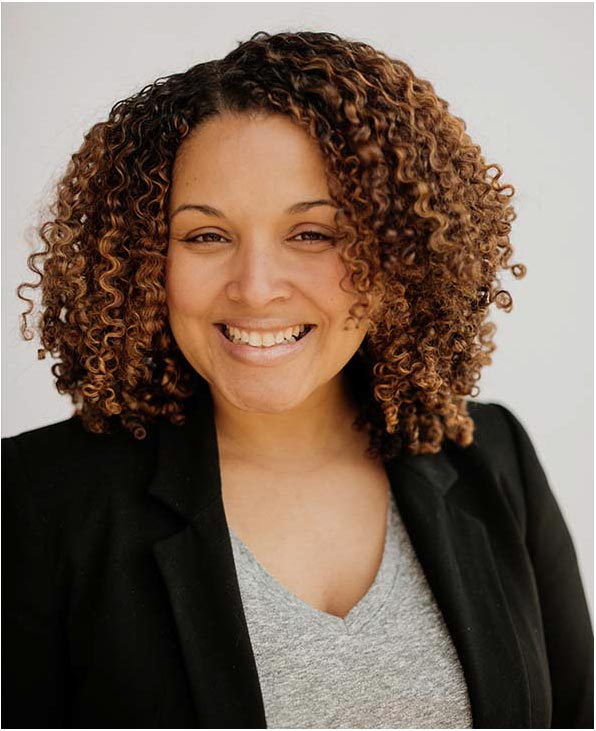This list was initially written by one of our teammates, Vanessa Douyon, as a resource for her friends and family. We are re-publishing here to share with our networks as well. It is intended to serve as a starting point for leaders contemplating where to go from here and for staff members who are advocating and case-making within their own organizations. It also serves as a reminder that words and written statements, shared internally or publicly, must be accompanied by substantive action and change.
We share this to help broaden the conversation as organizations think through what action to take. It is best used as a menu – pursuing the strategies that make sense for your people and context – rather than as a checklist to complete.
DISCLAIMER: These strategies can be done well and they can be done poorly. Seek support if your organization does not have necessary expertise or capacity.
Amplify the voices of Black staff without placing additional burden on them.
- Survey your staff on their experiences so they can safely and bravely opt into sharing their perspectives. Use a third party service to protect confidentiality.
- Create an ongoing Race and Equity working group of folks who opt into making decisions. Ensure participation from folks with positional power.
- Listen to the Black folks who have already shared ideas and elected to take on burden – within and outside of your organization.
- Hire an ombudsman / mediator to whom staff can safely and bravely report incidents.
- Give credit when an idea or effort came from someone else.
- Share resources written by Black people.
- When Black folks do share their perspectives, believe them. Pause. Read that again.
- When Black folks do share their perspectives, take that guidance to your working group to figure out what to do (rather than relying on those same people to also solve these issues).
- Make space to tell stories about this movement.
Make space for leaders – especially white and non-Black POC leaders – to learn.
- Share your perspectives as a senior leader on what you are learning, what missteps you’ve made, and how you’re personally working to grow.
- Recognize Juneteenth as an annual holiday and discuss ways folks can use the time to celebrate, reflect, and act.
- Share a recommended reading list.
- Host required reading discussion groups around race and equity.
- Use organizational resources to give folks space to learn – workshops, coaching, time dedicated to learning, etc.
- Research what it looks like to build an anti-racist organization. Share your plan for what you will do differently with your entire organization.
- Interrogate the ways in which racism and bias show up in your organization and affect all of your stakeholders, internally and externally.
Create real accountability for this priority in the ways you would any other.
- Include your organization’s DEI priorities in your top org goals. Report progress to staff. Report progress to the board.
- Track and report out on organizational diversity and other key metrics.
- Evaluate staff on their ability to lead and act inclusively.
- Speak out when you see microaggressions, macroaggressions, bias, and discrimination against Black leaders (or a person with any marginalized identity). Speak louder when you initiated it.
Assess the role you play in keeping money in wealthy circles.
- If your organization (universities, foundations, etc.) invests, assess the companies you invest in and where their money goes.
- Perform an annual diversity audit of your vendors and suppliers. Report on targets.
- Perform a compensation audit by race and gender. Be cognizant of the negative impact it could have to find out that you’ve been underpaid and undervalued.
- Create systems for how bonuses, relocation packages, and other financial benefits are distributed.
- Recommend people of color, womxn, and folks who identify as LGBTQ for roles and other opportunities.
- Partner with Black-owned businesses.
- Donate as an organization.
- Volunteer as an organization.
Hire more BIPOC and folks who identify as LGBTQ.
- Check your recruitment materials (job descriptions, etc.) for accessibility and jargon.
- Interrogate your job requirements for bias.
- Make your actual role requirements distinct from “nice to haves.”
- Assess your recruitment sources and identify new pools with higher levels of representation.
- Limit the use of referrals to find new staff.
- Establish consistent criteria to evaluate prospective hires, interrogate those criteria for bias, and require hiring managers to make evidence-based ratings.
- Diversify your board.
Remove barriers to Black staff advancing.
- Establish consistent performance evaluation criteria.
- Interrogate your criteria for bias.
- Require managers to share evidence to support ratings.
- Create a robust performance management system.
- Provide managers with anti-bias training, particularly related to evaluation.
- Provide managers with support and guidance for how to address the impact of both crises.
- Require all staff take anti-bias training as part of their onboarding in the organization.
- Mentor a new Black leader.
- Make special opportunities transparent to all staff.
- Consider how people are selected for specific opportunities – additional professional development, joining important meetings, etc.
Give people air.
- Provide physical and mental health support for all staff.
- Provide days off for activism and / or rest.
- Create work norms that allow folks to take space if they need it.
- Support the creation of affinity groups.
Make a long-term commitment.
- Take these actions as part of a strategic plan that you recreate every 3-5 years. Create strategic periodic checkpoints to look back on the progress of these efforts and adjust. Share progress and adjustments regularly with your team and other key stakeholders.
VANESSA DOUYON
Partner
She/Her/Hers
Contact Vanessa: vanessa@promise54.org

